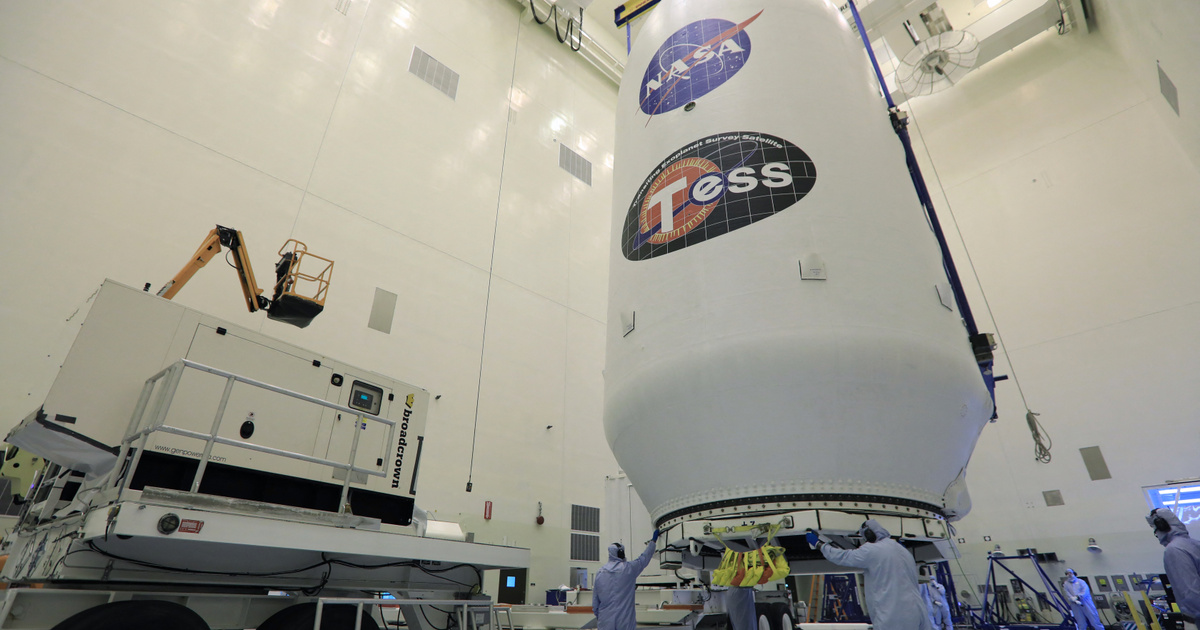Last November, researchers at the University of Chicago announced that they had found a star just 105 light-years away, with a system of six planets orbiting in perfect mathematical synchronization.
US astronomers have discovered six exoplanets smaller than Neptune orbiting the star HD110067, whose orbits are so regular they can be turned into music. The planet closest to the star completes three revolutions until the next two: this is called the 3/2 resonance, and it is repeated for the following planets. In addition, the two outer planets orbit in 4/3 resonance.
Planets begin their lives by ringing as they compress cosmic dust clouds, but such regular systems can easily be disrupted by the gravity of a passing star or even by the impact of a large asteroid. Raphael Luke, who discovered the planetary system in 2020 data from NASA's TESS exoplanet telescope, noted that this is an extremely rare phenomenon.
We believe that only 1% of planetary systems maintain resonance, which is very rare when a series of planets orbit in such a configuration
– Tell.
Don't cry on my shoulder
Last year's discovery was also excited by others. Berkeley radio astronomer Steve Croft investigates the HD110067 system as part of the Breakthrough Listening program to search for aliens.
Croft turned the world's largest portable radio telescope, the Green Bank Dish, toward the star and tried to filter out any unusual signals. Of course, in the age of ground noise, Wi-Fi and SpaceX, this is a bit like trying to detect a distant, soft Jimmy Zambo melody from the arena of a Slayer concert.
We don't know if there is a needle in the haystack. Moreover, in this case, we do not even know what the needle looks like
Croft grumbled.
One assumption is that natural phenomena create signals that spread over broad frequencies, so when someone is trying to communicate, they are likely trying to pump more energy into the signal on a narrower band. Croft and colleagues
No such tag was found
But this is not the only possible evidence that might indicate the existence of intelligent civilization technology. The resulting infrared light could be from the release of unnatural heat, visible structures, or the presence of artificially created compounds that can be detected by spectroscopy, and those with a bolder imagination could also consider the resonance itself a mark left by shapeshifters.
Meanwhile, Loki is using the European Space Agency's Cheops Exoplanet Telescope to improve data on the size, mass and potential chemical composition of exoplanets.
For thousands of years, humanity has been interested in the question of whether we are alone in the universe. The particular planetary system is one of the many wonderful destinations to seek out.
I'm sometimes asked what are the chances of finding it [az idegeneket] In the next ten years? I usually answer that I don't know, but it's always bigger than in the last 10 years, because our machines are constantly getting more powerful
Steve Croft noted.














































